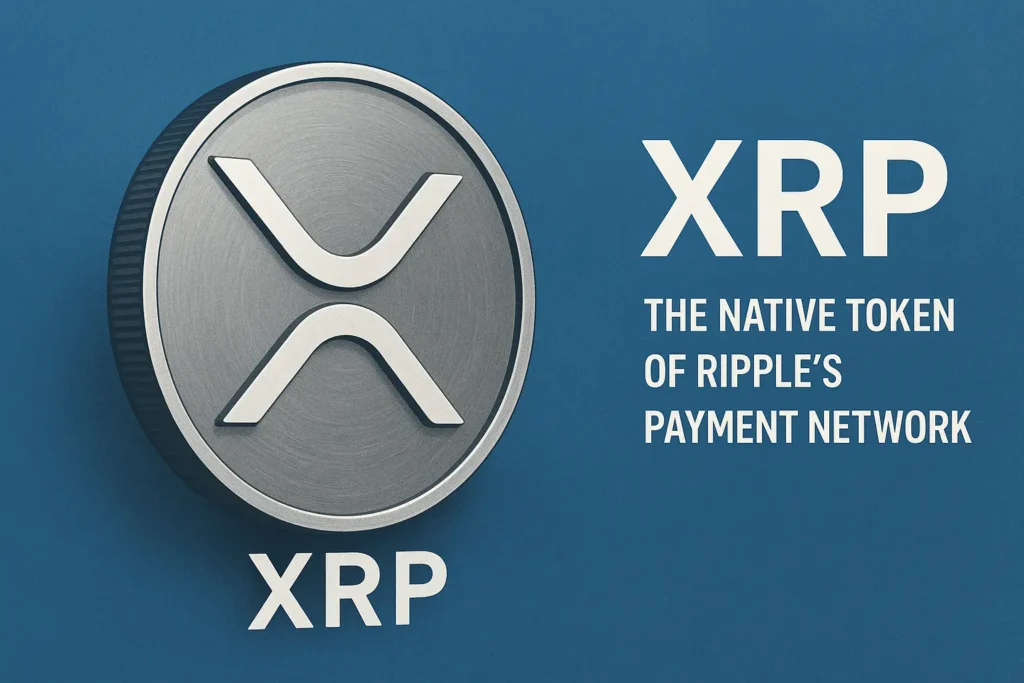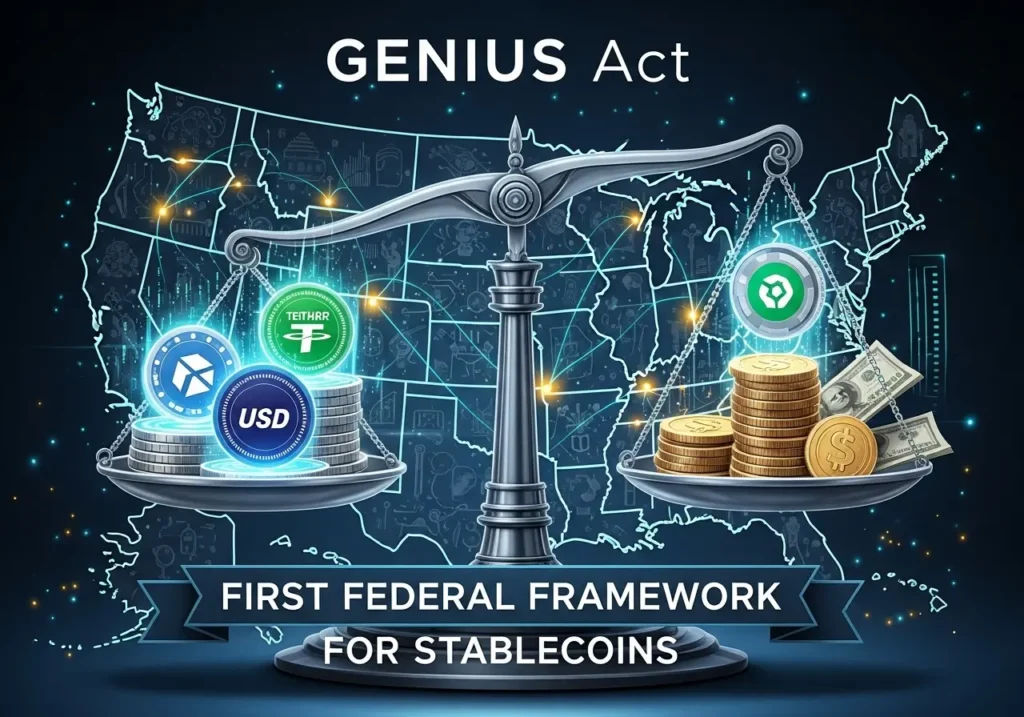Social media’s invisible battlefield: Who decides what you see? (Viplikes’ Guide)

You scroll through your feed, liking a friend’s vacation photo, skimming a news headline, pausing at a viral meme. It feels random—just a stream of whatever the internet serves up. But behind the scenes, a quiet battle is being waged over every piece of content that lands in front of you.
Some posts soar to the top. Others vanish without a trace. And it’s rarely an accident.
What you see—and what you don’t—is shaped by a mix of corporate interests, political agendas, and opaque systems designed to keep you engaged. Viral trends can be manufactured. Organic reach is dwindling. And if you’re a creator or business trying to be heard, the game is rigged against you.
But there’s a way to push back. Understanding how visibility works is the first step. The second? Using tools like Viplikes—where real engagement from actual users can give your content the momentum it deserves, without shady bots or empty clicks.
This isn’t about gaming the system. It’s about leveling the playing field.
So—who’s really deciding what you see? And how can you take back control? Let’s pull back the curtain.
The hidden hand: How your feed gets curated without your knowledge
- The illusion of choice
What you see first when opening your favorite app isn’t random. Complex systems analyze thousands of signals to construct a version of reality they think will keep you scrolling longest. Your past behavior creates an invisible blueprint that determines future content.
- The disappearing act
Creators report a disturbing phenomenon: posts vanish from followers’ feeds despite no violations. A musician might share new work only to find it never reaches their most engaged fans. This silent filtering happens without notification or appeal process.
- The credibility paradox
Some accounts get special treatment without explanation. Their content travels further, appears more prominently, and survives moderation that catches others. These unspoken tiers of trust determine who gets heard and who remains background noise.
- The engagement mirage
What appears popular often got an invisible boost. Certain posts get artificial momentum through undisclosed partnerships or internal promotion. The viral content you see may have been placed there deliberately, not organically.
The truth is simple but unsettling: what reaches you has been carefully selected, not freely discovered. Recognizing this selection process allows for more conscious consumption and sharing.
The puppeteers of your digital diet: Who really shapes what you see
- The paid priority lane
Behind the scenes, financial transactions determine post placement. Certain content gets invisible boosts through undisclosed partnerships, while organic material struggles to surface. It’s not about quality – it’s about who can afford visibility.
- The geopolitical editors
Content gets filtered differently based on location. A news story trending in one country might be suppressed in another. These invisible boundaries create parallel digital realities where the same platform shows radically different versions of events.
- The automated thought police
Sophisticated systems scan posts before humans ever see them. Certain topics trigger automatic demotion, regardless of context. Controversial issues get buried under safer, more advertiser-friendly content without any human making that decision.
The content you consume isn’t an accident – it’s the product of numerous invisible hands shaping your digital experience. Recognizing these forces is the first step toward more conscious consumption.
The art of authentic growth: Smart strategies for meaningful reach
- The quality-over-quantity approach
Genuine growth begins with real connections. Services like Viplikes demonstrate how thoughtful audience building works – matching content with interested viewers rather than chasing empty numbers. This creates sustainable momentum that platforms recognize and reward.
- The gradual growth principle
Effective promotion mirrors natural discovery patterns. Instead of sudden spikes that trigger suspicion, the best results come from steady, measured increases that appear organic to both viewers and platform systems.
- The visibility paradox
Sometimes good content needs an initial push to be seen by its natural audience. Strategic promotion acts like a spotlight – it doesn’t create value, but helps existing value get noticed in crowded digital spaces.
This approach represents the mature evolution of digital presence – recognizing that while great content matters, even the best work sometimes needs help finding its audience in today’s saturated online environment. When done with integrity, it levels the playing field for creators of all sizes.
You could close this page. Or you could join our community and help us produce more materials like this.
We keep our reporting open and accessible to everyone because we believe in the power of free information. This is why our small, cost-effective team depends on the support of readers like you to bring deliver timely news, quality analysis, and on-the-ground reports about Russia's war against Ukraine and Ukraine's struggle to build a democratic society.
Become a patron or see other ways to support.





